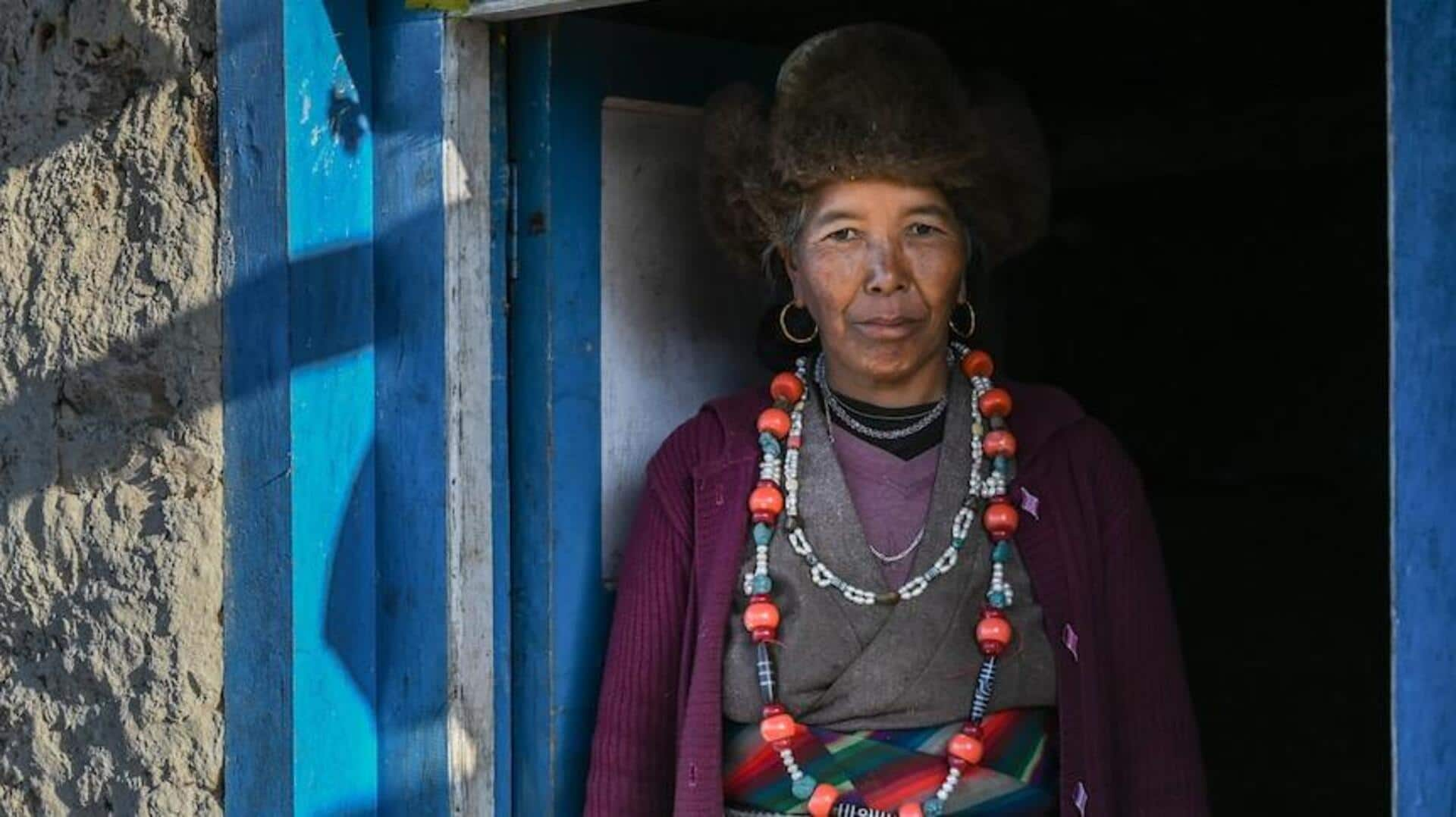
Exploring Sherpa dress traditions
What's the story
The Sherpa community, nestled in the heart of Nepal's Himalayas, carries a rich tapestry of culture and tradition, vividly reflected in their traditional attire. This article delves into the nuances of Sherpa dress traditions, offering a window into their cultural heritage. Through understanding these garments, we gain insight into the Sherpa way of life, marked by resilience and harmony with nature.
Background
The essence of Sherpa clothing
Sherpa clothing is deeply influenced by the harsh climatic conditions of the Himalayas. Traditionally made from wool and sheepskin, these garments are designed to provide warmth and protection. The Chuba, a long robe worn by both men and women, stands as a testament to practicality meeting tradition. Its design allows for ease of movement across mountainous terrains while offering ample insulation.
Key concept
Symbolism in attire
Beyond functionality, Sherpa attire is imbued with cultural symbolism. Colors and patterns signify various aspects of life, such as marital status or religious affiliation. For instance, red is often worn for its auspiciousness, while intricate patterns may represent familial ties or local deities. This symbolic language extends to jewelry and accessories that accompany traditional dress; each piece tells part of the wearer's story.
Practical advice 1
Integrating tradition with modernity
In today's global village, integrating traditional Sherpa attire with contemporary fashion can serve as a bridge between cultures. Start with accessories like scarves or hats made from traditional fabrics for a touch of Himalayan heritage in everyday outfits. For those looking to make bolder statements, incorporating elements like the patterned borders of Chuba into modern dresses or jackets can create unique fusion wear.
Practical advice 2
Preserving tradition through attire
Preserving Sherpa attire involves more than wearing it; understanding its significance and craftsmanship is key. Supporting artisans who craft these garments ensures traditional skills endure. Additionally, engaging with cultural festivals where this attire is featured offers insights into its evolving nature and honors its origins. This not only preserves the attire but also highlights stories of resilience, identity, and community spirit in the Himalayas.